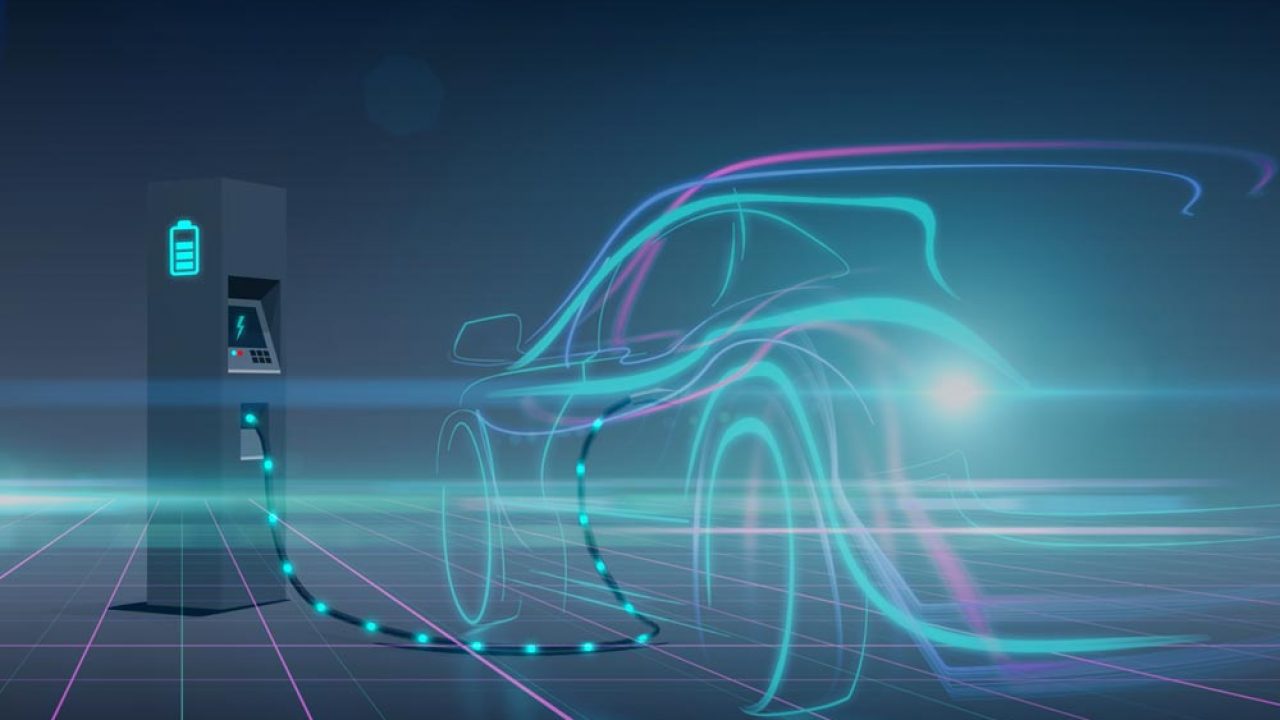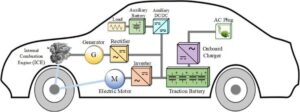Unraveling the componant of EMS in electrical vehicles:
In the rapidly evolving landscape of electric vehicles (EVs), the Electronic Management System (EMS) stands as a pivotal player, orchestrating the intricate dance between power sources, control units, and performance optimization. In this comprehensive exploration, we delve into the essential componant that constitutes the heartbeat of EMS in electrical vehicles.
1. Powerful Propulsion: Motor Controllers
Discover the brains behind the brawn as we dissect motor controllers, the silent conductors translating electronic signals into the kinetic energy that propels your electric vehicle forward.
2. Energy Command Center: Battery Management Systems (BMS)
Take a deep dive into the critical world of Battery Management Systems, where precision meets power, ensuring optimal energy utilization, longevity, and safety of your EV’s battery pack.
3. Voltage Vigilance: Inverters and Converters
Uncover the role of inverters and converters in the EMS symphony, managing voltage fluctuations and seamlessly transforming DC power into the AC energy needed to drive your electric vehicle.
4. Intelligent Decision-Making: Control Units
Explore the intelligence embedded in EVs through control units, the masterminds behind split-second decisions, orchestrating the harmonious interaction between different components for optimal performance.
5. Sensory Mastery: Sensors and Feedback Systems
Delve into the world of sensors and feedback systems, where data-driven decisions are born. Learn how these components enhance safety, efficiency, and responsiveness in electric vehicles.
6. Thermal Harmony: Cooling Systems
Unmask the importance of cooling systems in EMS, ensuring that temperature-sensitive components remain within their optimal operating ranges, guaranteeing peak performance and longevity.
7. Connected Performance: Communication Networks
Connect the dots between EMS components using communication networks, facilitating seamless data exchange and coordination among various systems to enhance overall efficiency.
8. Charging Intelligence: Charging Controllers
Demystify the charging process with insights into charging controllers, the gatekeepers regulating the flow of energy during charging, and optimizing the battery charging cycle.
9. Adaptive Performance: Software Algorithms
Explore the dynamic world of software algorithms that adaptively optimize EMS operations based on real-time data, ensuring your electric vehicle delivers peak performance under diverse driving conditions.
10. Future Horizons: Emerging Trends in EMS Components
Peer into the future of EMS in electric vehicles as we discuss cutting-edge developments and emerging technologies that promise to reshape the landscape of electric mobility.
Frequently Asked Questions (FAQ) on EMS componant of ems in electrical vehicles
Q1: What is EMS in electric vehicles?
A1: EMS, or Electronic Management System, is a crucial system in electric vehicles that coordinates and optimizes the interaction between power sources, control units, and various components to ensure efficient performance.
Q2: Which components fall under EMS in electric vehicles?
A2: Key components include Motor Controllers, Battery Management Systems (BMS), Inverters, Converters, Control Units, Sensors, Cooling Systems, Communication Networks, Charging Controllers, and Software Algorithms.
Q3: How do Motor Controllers contribute to EMS?
A3: Motor Controllers translate electronic signals into kinetic energy, serving as the brains behind the propulsion system, propelling electric vehicles forward.
Q4: What role does BMS play in EMS?
A4: Battery Management Systems ensure optimal energy utilization, longevity, and safety of the electric vehicle’s battery pack by overseeing charging, discharging, and thermal management.
Q5: How do Inverters and Converters contribute to EMS harmony?
A5: Inverters and Converters manage voltage fluctuations, transforming DC power into the AC energy required to drive electric vehicles.
Q6: What is the significance of Control Units in EMS?
A6: Control Units are the intelligence hub, making split-second decisions and orchestrating interactions between different components for optimal performance.
Q7: How do Sensors and Feedback Systems enhance EMS functionality?
A7: Sensors and Feedback Systems provide real-time data, enhancing safety, efficiency, and responsiveness within the electric vehicle through data-driven decisions.
Q8: Why are Cooling Systems important in EMS?
A8: Cooling Systems maintain temperature-sensitive components within optimal ranges, ensuring peak performance and longevity of EMS components.
Q9: What role do Communication Networks play in EMS coordination?
A9: Communication Networks connect EMS components, facilitating seamless data exchange and coordination among various systems to enhance overall efficiency.
Q10: How do Charging Controllers optimize the charging process?
A10: Charging Controllers regulate energy flow during charging, optimizing the battery charging cycle and ensuring efficient energy transfer.
Q11: What is the adaptive function of Software Algorithms in EMS?
A11: Software Algorithms adaptively optimize EMS operations based on real-time data, ensuring electric vehicles deliver peak performance under diverse driving conditions.
Q12: What are the emerging trends in EMS componant of EMS in electrical vehicles?
A12: Future trends include advancements in technology, innovative developments, and emerging technologies that promise to reshape the landscape of electric mobility.




EMF Compo